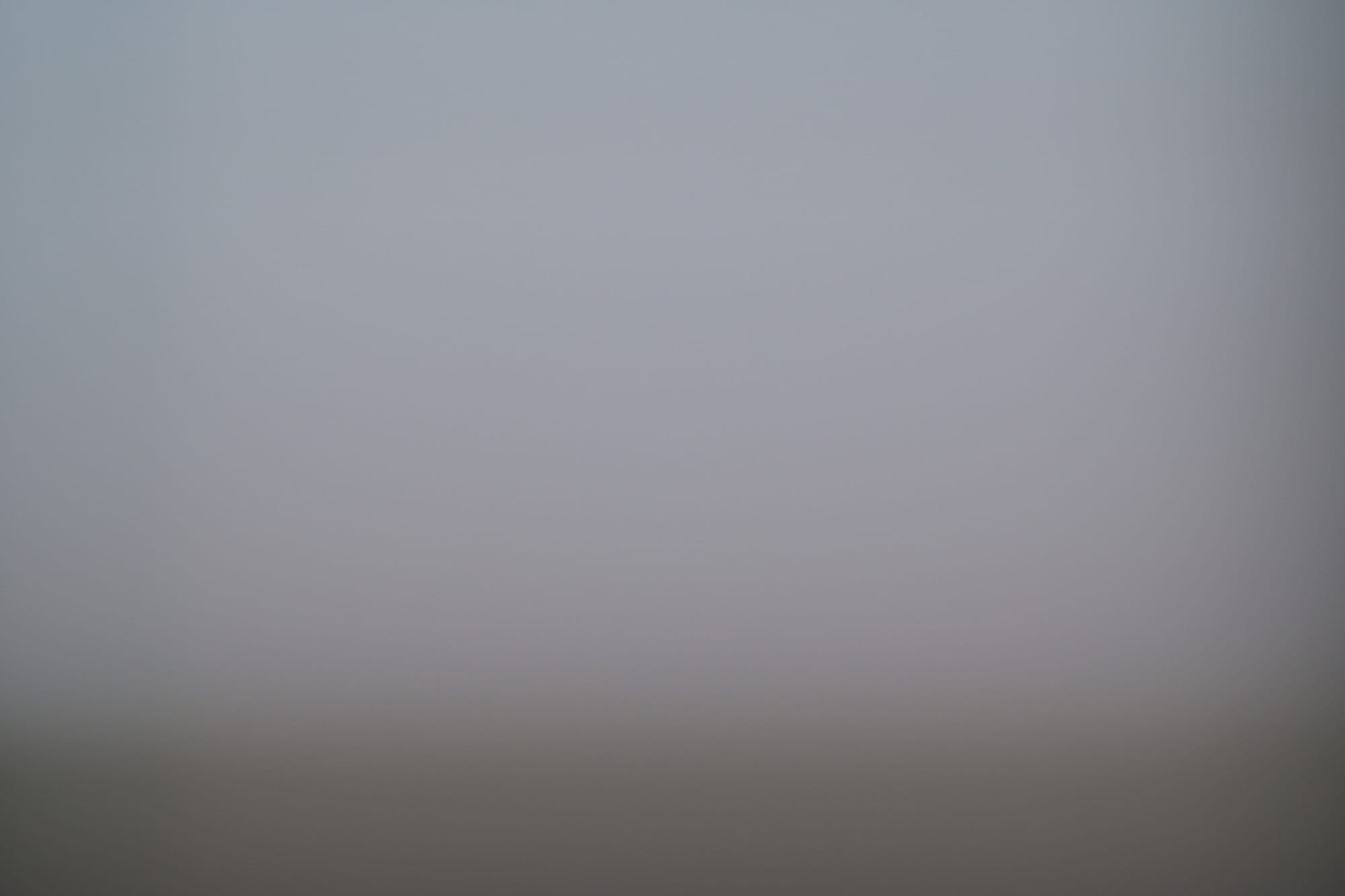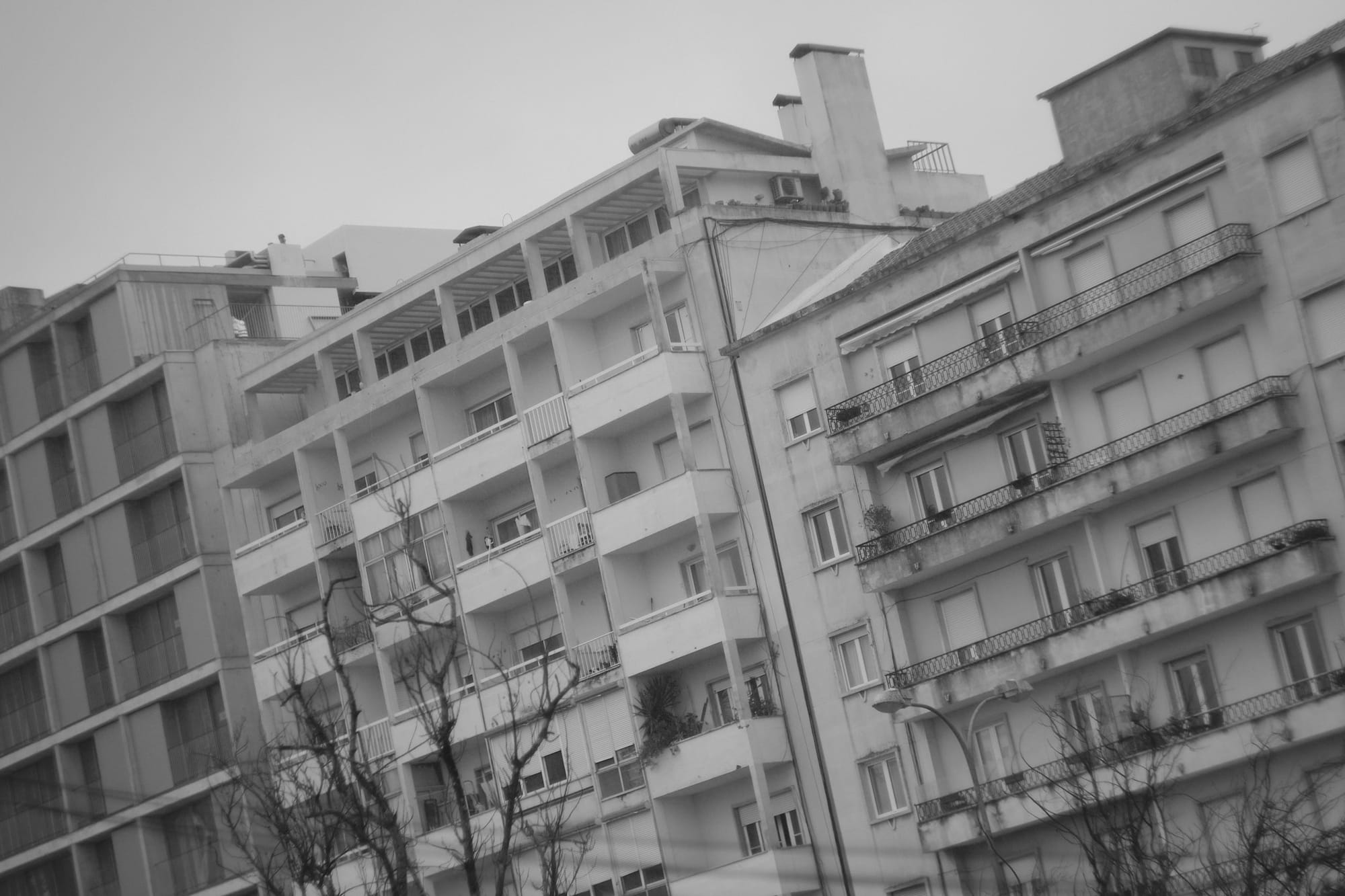On “Real Photos” (All Photographs are Lies)
There is no such thing as a ”real picture”, and any attempt to delineate such represents illiberal and unnecessary gatekeeping in the photographic community.

“Everyone was like, ‘Is it fake? Is it not fake?’ There was a debate around what constitutes a real picture. And actually, there is no such thing as a real picture. As soon as you have sensors to capture something, you reproduce [what you’re seeing], and it doesn’t mean anything. There is no real picture. You can try to define a real picture by saying, ‘I took that picture’, but if you used AI to optimize the zoom, the autofocus, the scene – is it real? Or is it all filters? There is no real picture, full stop.”
— Patrick Chomet, Samsung Head of Customer Experience
Earlier this year, Samsung ruffled some feathers in the photography community when it was discovered that the Galaxy S24 mobile phone was using AI to enhance photos taken of the moon. Whatever, I couldn't care less.
Then, in a recent interview, Samsung’s head of customer experience Patrick Chomet was quoted by TechRadar as saying there’s no such thing as a “real picture”, as in the pull quote above. Of course, as you probably know, I fully agree. Yawn.
Then PetaPixel went and wrote the inevitable editorial refuting this claim in the least intellectually interesting way possible—their response was basically “duh, no”. The author of the PetaPixel piece, Matt Growcoot, expresses his moral outrage at the idea that there can be no such thing, drops a few names, mentions the dictionary…and that’s about it.
The closest we get to a serious reason to adopt Growcoot’s point of view is to challenge us: “go outside right now with a real camera — one that doesn’t have any generative AI programs loaded into a computer — and take a photo of the outside world. Voila, [you] have just taken a ‘real picture.’”
So, of course I did that. Or anyway, I took some photos out my window, as it’s rainy in Lisbon today. Here's the result, a “real picture” according to Growcoot’s rather limited but precise definition:

Of course, I failed to put a lens on my camera. Let’s fix that!

A bit overexposed maybe? But still a “real picture” accordoing to Growcoot, because I took it with a camera that permitted photons to fall onto a photo-sensitive sensor, without the intervention of generative AI. Maybe that's not what he meant? Let’s try again.



I really don’t know what Growcoot thought he was able to achieve with his piece, but let’s try to read it charitably.
I suspect that what he takes himself to be saying is that a “real picture” is one taken without any kind of mediation by a device that alters the scene as it appears to the photographer. Which sounds reasonable on its face. Except all of the photographs above were taken using only the kinds of devices that I think Growcoot would allow—a lens (except the first photo, where I removed even that impediment!), and a tiny AI that measured the exposure and set the camera settings accordingly. As we can see, that is an awful lot of mediation, though! And sorting through and directing that mediation requires the evaluative interpretation of the photographer as well.
Taking a photograph that Growcoot would allow as “real” requires both devices to enhance the image falling on the sensor, and some kind of intelligence to apply those devices according to a desired interpretation of the scene, including auto-focus and auto-exposure computers, the color engine in the camera, and the human intelligence handling the camera.
So now we can ask Growcoot: Which of these intermediates are admissible in a “real picture”, and more importantly, why? Why are generative AI or the kinds of evaluative procedures available in smartphones out of bounds, but these other techniques are in bounds? What about other kinds of AI like auto-focus, and what if any is the difference? Is a lens required? What kind and why? What other parameters are important…and again, why?
I do not think there are any good, principled answers to the questions that aren’t question-begging. The more we push at these kinds of assumptions underlying Growcoot’s take, the less weight they bear.
Of course, you know my position—all of these techniques lie on a continuum, and that there is no principled way to draw a red line that divides “real” photographs from…whatever the opposite is. Nor do we want such red lines, because the only good they do is to gatekeep the photography community from those insufficiently sophisticated to possibly understand the (make-believe) nuances.
Support this blog
If you enjoy reading this blog, I encourage you to consider purchasing a book or print to show your support. And if you're into analog photography, check out my new mobile app Crown + Flint.

